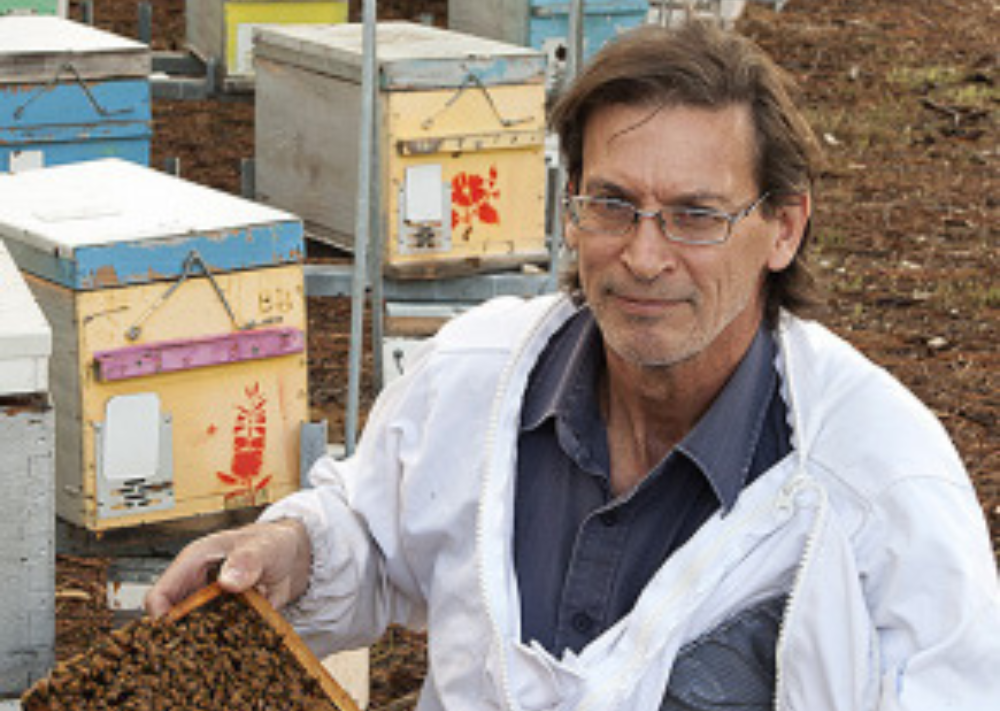Real time tracking of on-farm fatalities and injuries across Australia now available

 NATIONAL CHALLENGES AND OPPORTUNITIES / Wednesday, 23 November 2022
NATIONAL CHALLENGES AND OPPORTUNITIES / Wednesday, 23 November 2022 
The Western Australian Queen Bee Breeding Program is one of the pioneering honey bee breeding programs in Australia and has paved the way for a national program. Since its establishment in 1979 and with its colonies perpetuated through a purchase by Better Bees WA in 1991, the success of WA’s breeding program bodes well for the future of Plan Bee, Australia’s National Breeding Program.
That’s according to Dr Rob Manning, scientist and apiarist, and one of the most well-regarded names in the Australian honey bee industry.
In fact, one of Dr Manning’s earliest projects in his illustrious career was to evaluate the WA Bee Breeding Program, which at the time had been running for eight years.
“The findings of my evaluation were clear as day”, Dr Manning said.
“We found that beekeepers who invested in stock from a well-established breeding program were quite clearly, and significant financially better off.”
Data showed that a 400 colony enterprise was projected to produce an extra 24 tonnes of honey – a 35% increase in yield when compared to a commercial business that did not purchase selectively bred queens.
Dr Manning said, “the success and history of the programs in WA is a good indicator that a national program will be successful.”
“A national program would enable lines to be evaluated for hygienic behaviour and tested for tolerance for diseases which might not be present in part of the country.”
“All-in-all it means we will be able to paint a more complete picture of our national stock.”
According to Dr Manning, having a national genetics program has never been more important, as the 2022 varroa incursion continues to shake up the industry.
“The use of chemical controls will enable the genetically less tolerant bees to survive, meaning it will be more difficult to select in the initial phase of the outbreak,” Dr Manning said.
“With a national program, and with many colonies in NSW where the varroa outbreak occurred, there is also the future opportunity (depending on current outcomes) to not treat some of the Plan Bee stock and to record and measure varroa in them to identify tolerance.”
Existing bee breeding programs could also have tolerant genes (imported semen) put over lines to evaluate so as not to totally lose those lines bred for production in their own geographical locations.
Dr Manning called for more bee breeders to get involved with data recording and selection and to support the development of a national genetic database.
“Benchmarking is the most important tool for breeders,” Dr Manning said.
“If you can’t compare your stock to a benchmark, you really can’t say whether your clients would actually be getting a return on investment from your queens, but the bigger our database becomes the easier it will be for us to all prove our value as individual breeders.”
For bee breeders looking to get involved with the Plan Bee program to support genetic selection and data collection, contact Nadine Chapman:
 NATIONAL CHALLENGES AND OPPORTUNITIES / 23.11.22
NATIONAL CHALLENGES AND OPPORTUNITIES / 23.11.22  WORKFORCE AND LEADERSHIP / 23.11.22
WORKFORCE AND LEADERSHIP / 23.11.22  WORKFORCE AND LEADERSHIP / 23.11.22
WORKFORCE AND LEADERSHIP / 23.11.22  WORKFORCE AND LEADERSHIP / 23.11.22
WORKFORCE AND LEADERSHIP / 23.11.22